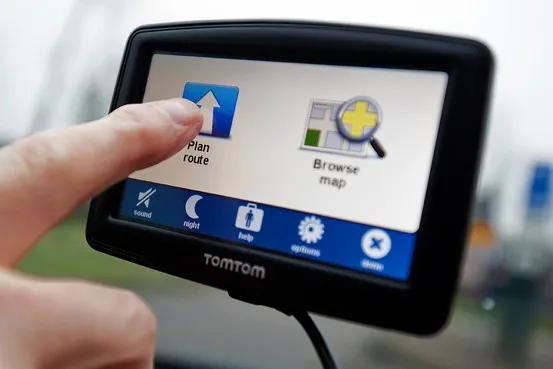
TomTom redefines ‘lifetime’ map support, makes several devices obsolete

Your trusty old TomTom sat-nav device may be at the risk of becoming obsolete and not being able to renew any maps or services. Not possible, you say? You have support for ‘lifetime updates’, you say? Well, turns out, the Dutch mapping company has a new definition of what it calls a lifetime.
According to TomTom, “Lifetime means the useful life of the device, i.e. the period of time TomTom supports your device with updates, services, content or accessories. A device will have reached the end of its life when none of these are available anymore.”
The mapmaker has compiled a list of sat-nav products it is convinced do not have sufficient resources to run the newest maps and software available with TomTom. Check out the whole list below:

What does it mean for me?
If you own any of the above-listed TomTom sat-nav devices, say goodbye to software updates – you will not be receiving any. You will not be able to renew any maps or services either. But if you have an active subscription running, you will keep getting map updates till the time that subscription expires. Over time, as the maps get outdated, you can expect your navigation routes to become less and less accurate.
TomTom is trying to use this opportunity as a marketing pitch for its newer products, urging users to buy new hardware. “This may be the perfect opportunity to discover what our new range of navigation products has to offer you,” the company says.
This cheeky move that has not gone down well with the user community despite the company offering new products at discounted rates to existing patrons. And angry users have taken to Twitter to express their dislike:
#tomtom So “lifetime” doesn’t mean “lifetime”? Nothing like ripping off the customer. Wont be getting another tomtom satnav. Will be advising all friends and family to steer clear as well.
— Iain Moore (@mooreiain) January 30, 2018
I am disgusted that @UKTomTom are no longer providing updates for a range of satnavs bought in good faith. Had mine for Xmas 2016 and now I read on the news that its useless?! I will be looking into a class action for breach of statutory rights. ‘lifetime’ means lifetime. #tomtom
— m@ ?️? (@Matts_Tweeting) January 29, 2018
@TomTom Less than 4 yrs ago I purchased a Start 25 with free lifetime maps to 2024. I now read that you have withdrawn the service! Very unhappy! Won’t be buying TomTom again! #Con #MissSold #AvoidTomTom
— Les Clarke (@wardaler) January 29, 2018
Do you own any of the products TomTom plans to withdraw support from? Would you be buying a new TomTom product to ensure uninterrupted service? Let us know in comments below!
Did you like this post? Read more and subscribe to our monthly newsletter!








